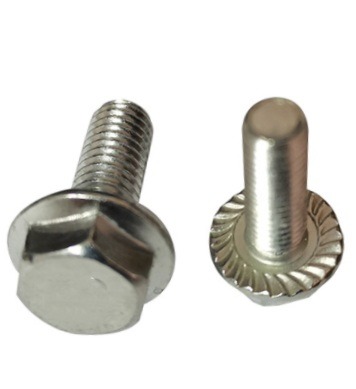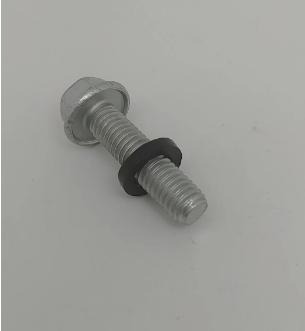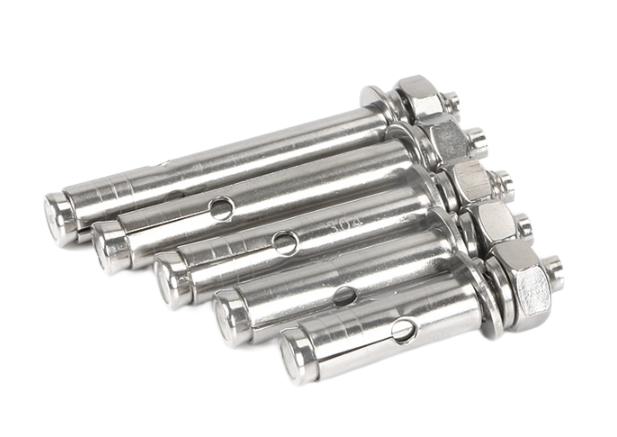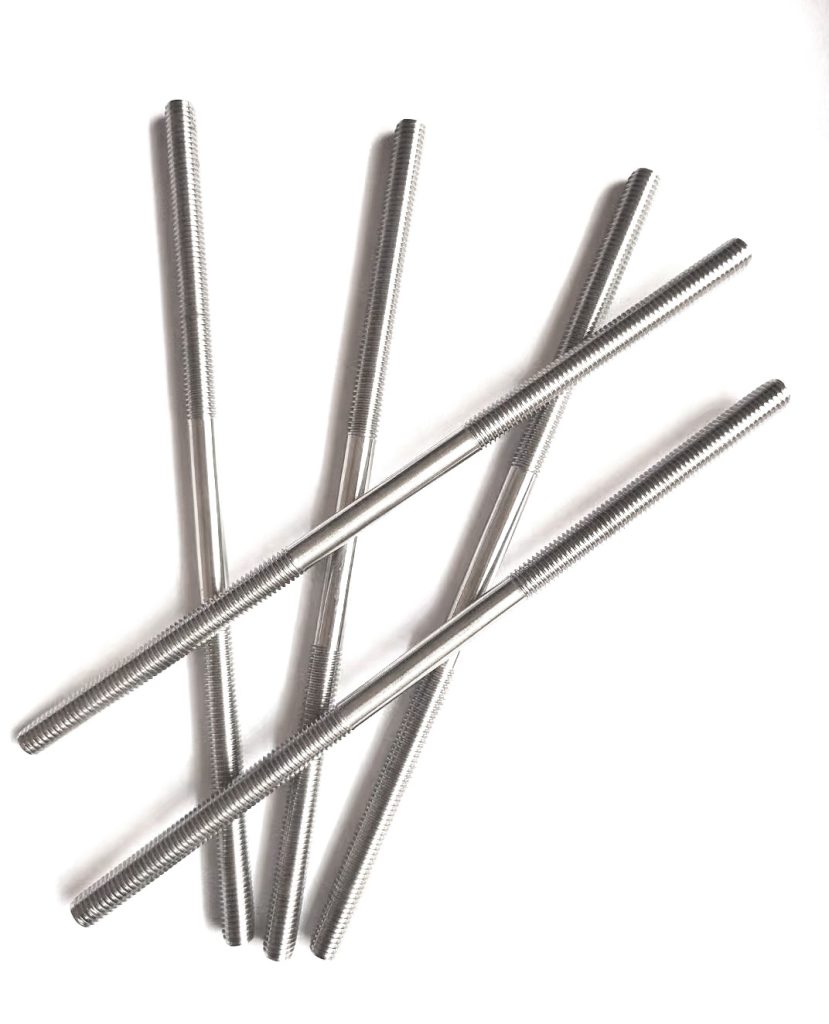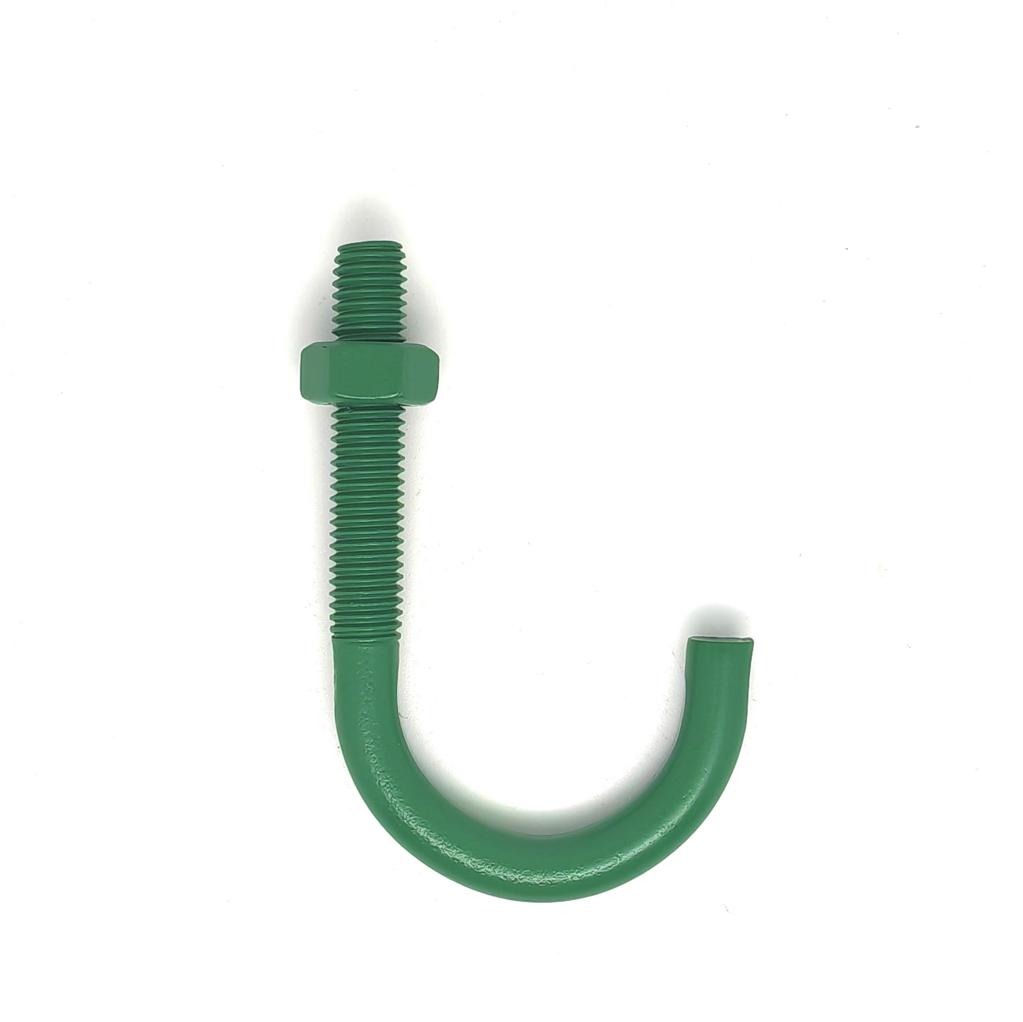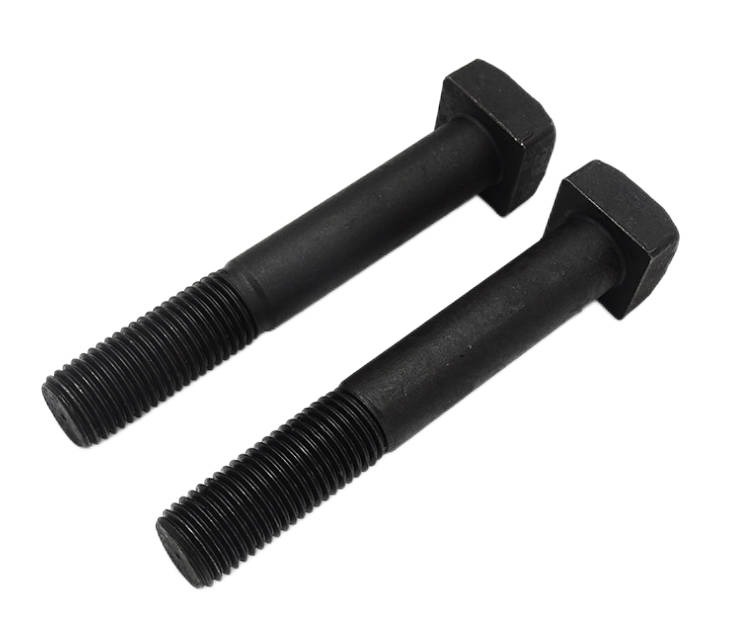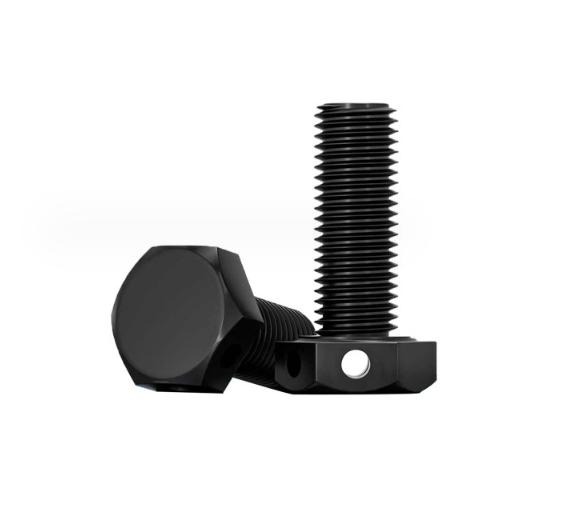Revolutionizing Bolt Manufacturing with High-Strength and Lightweight Materials
The demand for bolts that are not only strong but also lightweight has been on the rise, driven by the need for efficiency, performance, and sustainability. High-strength and lightweight materials have emerged as game-changers in bolt manufacturing, offering superior performance while reducing overall weight. This article explores the significance, advancements, and applications of these innovative materials in bolt production.
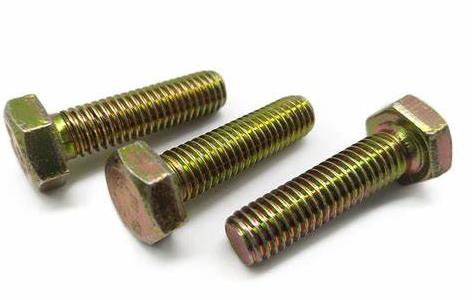
The Quest for High-Strength Materials in Bolt Manufacturing
Traditionally, bolts have been manufactured from materials that offer commendable strength but come with a considerable weight penalty. As industries seek to push the boundaries of performance, the demand for materials with higher strength-to-weight ratios has intensified. This has spurred the development and utilization of advanced alloys and composites.
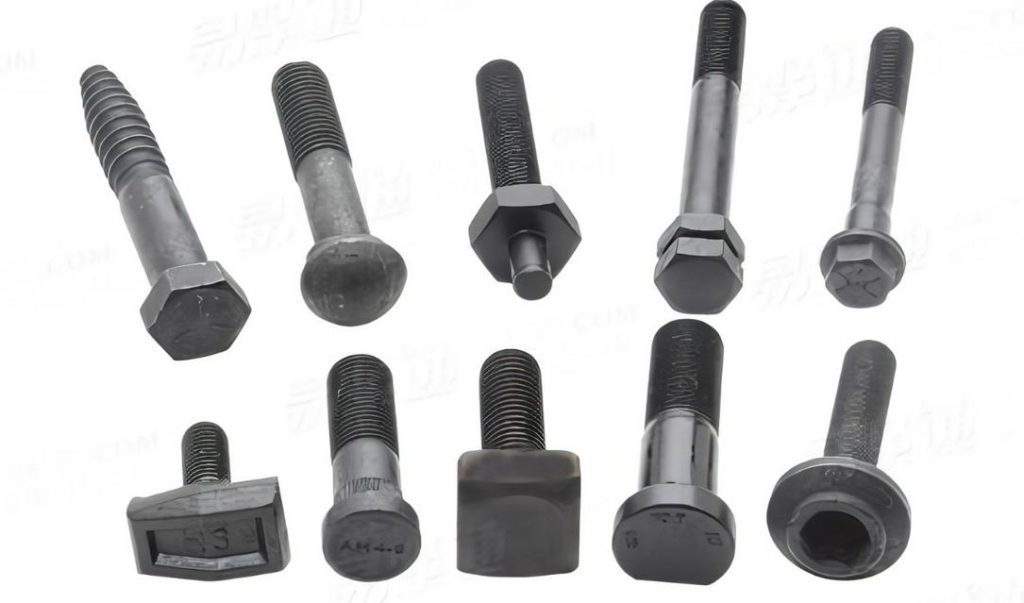
Key Kinds of High-Strength and Lightweight Materials in Bolt Manufacturing
1. Titanium: Redefining Strength and Weight Ratio
Titanium has long been hailed as a wonder material in engineering due to its exceptional strength-to-weight ratio. In bolt manufacturing, titanium offers a compelling alternative to traditional steel bolts. Despite being approximately half the weight of steel, titanium bolts exhibit comparable strength, making them ideal for applications where weight reduction is critical without compromising structural integrity. Aerospace and high-performance automotive industries have particularly embraced titanium bolts for their ability to reduce overall weight while enhancing performance.
2. Carbon Fiber Reinforced Polymers (CFRP)
Lightweight, High-Strength Solutions Carbon fiber reinforced polymers (CFRP) represent another breakthrough in bolt material technology. Composed of carbon fibers embedded in a polymer matrix, CFRP bolts combine exceptional strength with unparalleled lightweight properties. These bolts offer significant weight savings compared to metallic alternatives while maintaining high tensile strength and stiffness. CFRP bolts find applications in aerospace, automotive, and sports equipment manufacturing, where every ounce saved contributes to improved efficiency and performance.
3. Advanced Composite Materials
Tailored Solutions for Diverse Needs The quest for high-strength bolts has spurred research into advanced composite materials tailored to specific application requirements. These materials, often engineered at the molecular level, exhibit extraordinary mechanical properties, including high tensile strength, fatigue resistance, and corrosion resilience. By leveraging nanotechnology and innovative manufacturing techniques, composite bolts can be customized to meet the stringent demands of various industries, from marine engineering to renewable energy infrastructure.
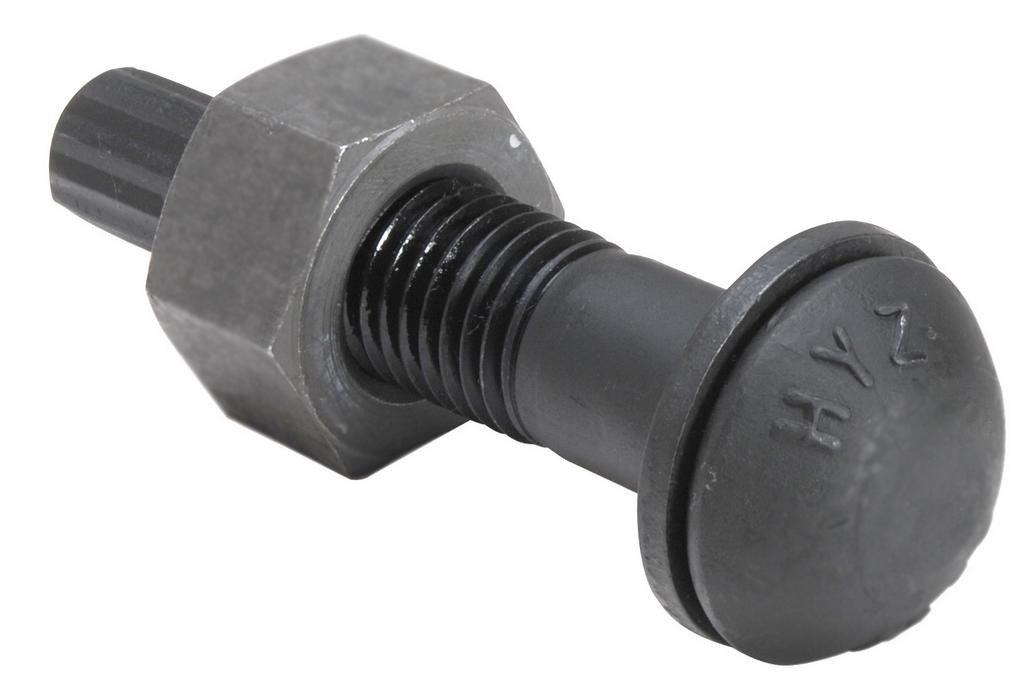
Challenges and Considerations of High-strength and Lightweight Materials in Bolt Manufacturing
1. Material Selection
Choosing the right material is crucial. Common high-strength and lightweight materials used in bolt manufacturing include titanium, aluminum alloys, and advanced composites. Each material has its own properties and limitations that must be considered in terms of strength, corrosion resistance, and cost.
2. Manufacturability
Some high-strength materials can be challenging to machine due to their hardness or brittleness. Specialized manufacturing processes such as forging, extrusion, or powder metallurgy may be required, which can add complexity and cost to production.
3. Corrosion Resistance
Lightweight materials like aluminum and titanium are susceptible to corrosion, especially in certain environments. Proper surface treatments or coatings may be necessary to enhance corrosion resistance and ensure the longevity of the bolts.
4. Joining Techniques
Joining high-strength materials can be difficult, especially when traditional welding methods are not suitable due to material properties. Alternative techniques such as adhesive bonding, friction welding, or advanced welding processes like laser or electron beam welding may be required.
5. Cost
High-strength and lightweight materials are often more expensive than traditional steel alloys. This can significantly impact the overall cost of bolt manufacturing and may require careful consideration of material usage and design optimization to minimize expenses.
6. Fatigue Resistance
Bolts are often subjected to cyclic loading, which can lead to fatigue failure over time. The fatigue behavior of high-strength materials may differ from traditional materials, requiring thorough testing and analysis to ensure the bolts meet performance requirements and have adequate fatigue life.
7. Material Compatibility
When bolts made from high-strength materials are used in conjunction with other components, compatibility issues may arise. Differences in thermal expansion, galvanic corrosion, or material properties can affect the performance and reliability of the bolted joint.
8. Standards and Regulations
High-strength and lightweight materials may have specific standards and regulations governing their use in certain applications. Compliance with these standards is essential to ensure safety and reliability.
9. Environmental Considerations
Lightweight materials are often chosen to reduce overall weight and improve fuel efficiency in applications such as the aerospace and automotive industries. However, the environmental impact of manufacturing these materials, including energy consumption and emissions, should also be considered.
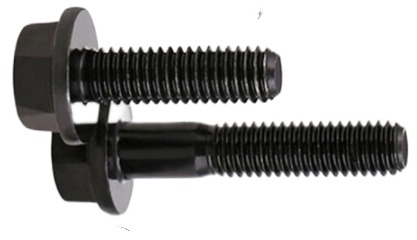
Future Outlook of High-Strength and Lightweight Materials in Bolts Manufacturing
1. Advancements in Nanomaterials
Nanotechnology holds immense promise for revolutionizing bolt manufacturing. By manipulating materials at the nanoscale, researchers can engineer novel alloys and composites with unprecedented strength, stiffness, and resilience. Nanomaterials offer the potential to create bolts that are not only lighter and stronger but also possess enhanced properties such as self-healing and corrosion resistance. Applications of nanomaterials in bolt manufacturing are poised to expand across diverse industries, from aerospace to infrastructure, driving innovation and performance optimization.
2. Additive Manufacturing (3D Printing)
Additive manufacturing, particularly 3D printing, has emerged as a disruptive force in bolt production. This technology enables the rapid prototyping and fabrication of complex bolt geometries with unparalleled precision. By layering high-strength materials, such as titanium and advanced polymers, additive manufacturing facilitates the customization of bolts to meet specific application requirements. The scalability and flexibility of 3D printing hold significant implications for the future of bolt manufacturing, enabling on-demand production, supply chain optimization, and design innovation.
3. Hybrid and Multifunctional Materials
The convergence of different material classes, such as metals, polymers, and ceramics, is paving the way for the development of hybrid and multifunctional bolt materials. These materials combine the strengths of various components to achieve synergistic properties, such as enhanced strength, lightweight, and thermal conductivity. Hybrid bolts may incorporate features such as embedded sensors for real-time monitoring, self-locking mechanisms, or even energy harvesting capabilities. As industries embrace multifunctional materials, bolts are poised to become integral components of smart structures and systems, driving efficiency and reliability.
4. Sustainable Materials and Circular Economy
In response to growing environmental concerns, there is a burgeoning interest in sustainable materials for bolt manufacturing. Biomimicry-inspired materials, recycled composites, and bio-based polymers offer promising alternatives to conventional materials, reducing the environmental footprint of bolt production. Furthermore, the adoption of circular economy principles, such as material recycling and remanufacturing, can prolong the lifecycle of bolts and minimize waste. Sustainable materials not only contribute to environmental stewardship but also align with the growing demand for eco-friendly solutions across industries.
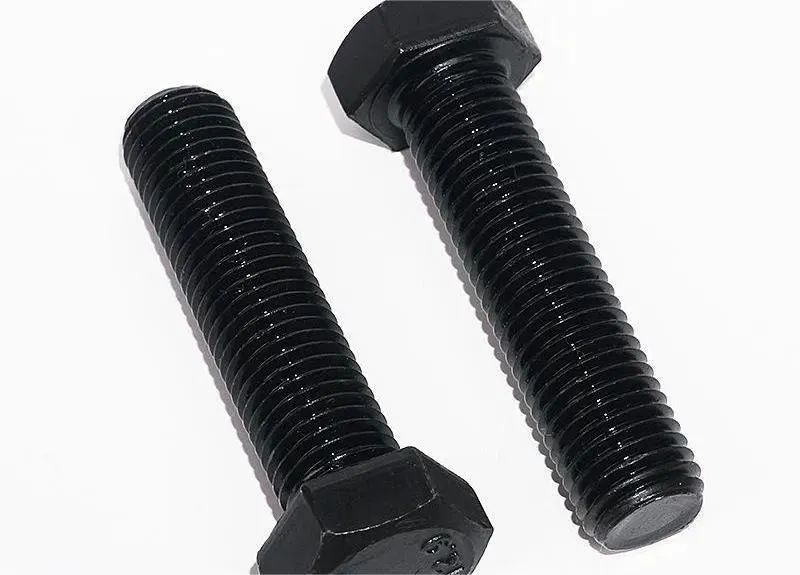
Conclusion
High-strength, lightweight materials are transforming the landscape of bolt manufacturing, offering unparalleled performance, efficiency, and sustainability. From titanium to advanced composites, these materials offer unparalleled performance while addressing the ever-growing demands for efficiency and sustainability. By overcoming challenges and embracing opportunities, engineers and manufacturers can unlock the full potential of high-strength, lightweight materials to create safer, more efficient, and sustainable bolt solutions for the future.

